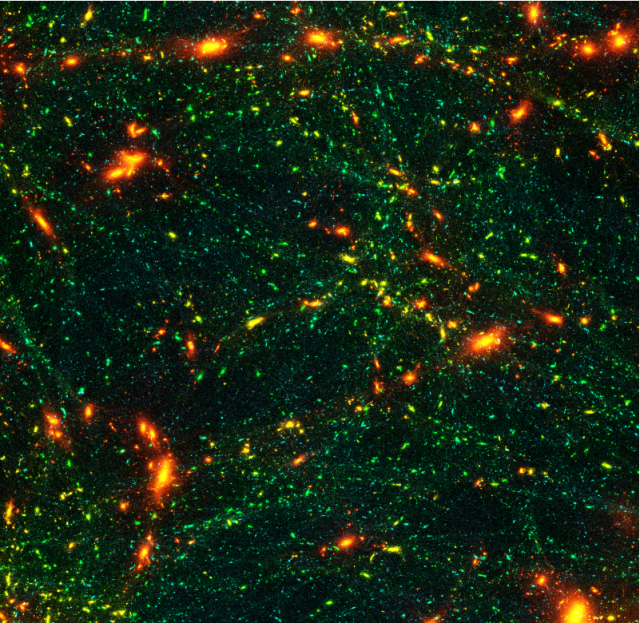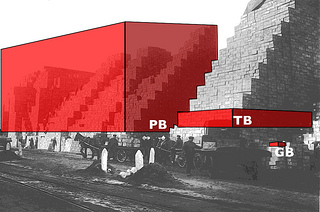VoltDB Survey Finds That Big Data Goes to Waste at Most Organizations
From the post:
VoltDB today announced the findings of an industry survey which reveals that most organizations cannot utilize the vast majority of the Big Data they collect. The study exposes a major Big Data divide: the ability to successfully capture and store huge amounts of data is not translating to improved bottom-line business benefits.
…
Untapped Data Has Little or No ValueThe majority of respondents reveal that their organizations can’t utilize most of their Big Data, despite the fact that doing so would drive real bottom line business benefits.
- 72 percent of respondents cannot access and/or utilize the majority of the data coming into their organizations.
- Respondents acknowledge that if they were able to better leverage Big Data their organizations could: deliver a more personalized customer experience (49%); increase revenue growth (48%); and create competitive advantages (47%).
(emphasis added)
News like that makes me wonder how long the market for “big data tools” that can’t produce ROI is going to continue?
I suspect VoltDB has its eyes on addressing the software aspects of the non-utilization problem (more power to them) but that still leaves the usual office politics of who has access to what data and the underlying issues of effectively sharing data across inconsistent semantics.
Topic maps can’t help you address the office politics problem, unless you want to create a map of who is in the way of effective data sharing. Having created such a map, how you resolve personnel issues is your problem.
Topic maps can help with the inconsistent semantics that are going to persist even in the best of organizations. Departments have inconsistent semantics in many cases because their semantics or “silo” if you like, works best for their workflow.
Why not allow the semantics/silo stay in place and map it into other semantics/silos as need be? That way every department gets their familiar semantics and you get the benefit of better workflow.
To put it another way, silos aren’t the problem, it is the opacity of silos that is the problem. Make silos transparent and you have better data interchange and as a consequence, greater access to the data you are collecting.
Improve your information infrastructure on top of improved mapping/access to data and you will start to improve your bottom line. Someday you will get to “big data.” But as the survey says: Using big data tools != improved bottom line.

